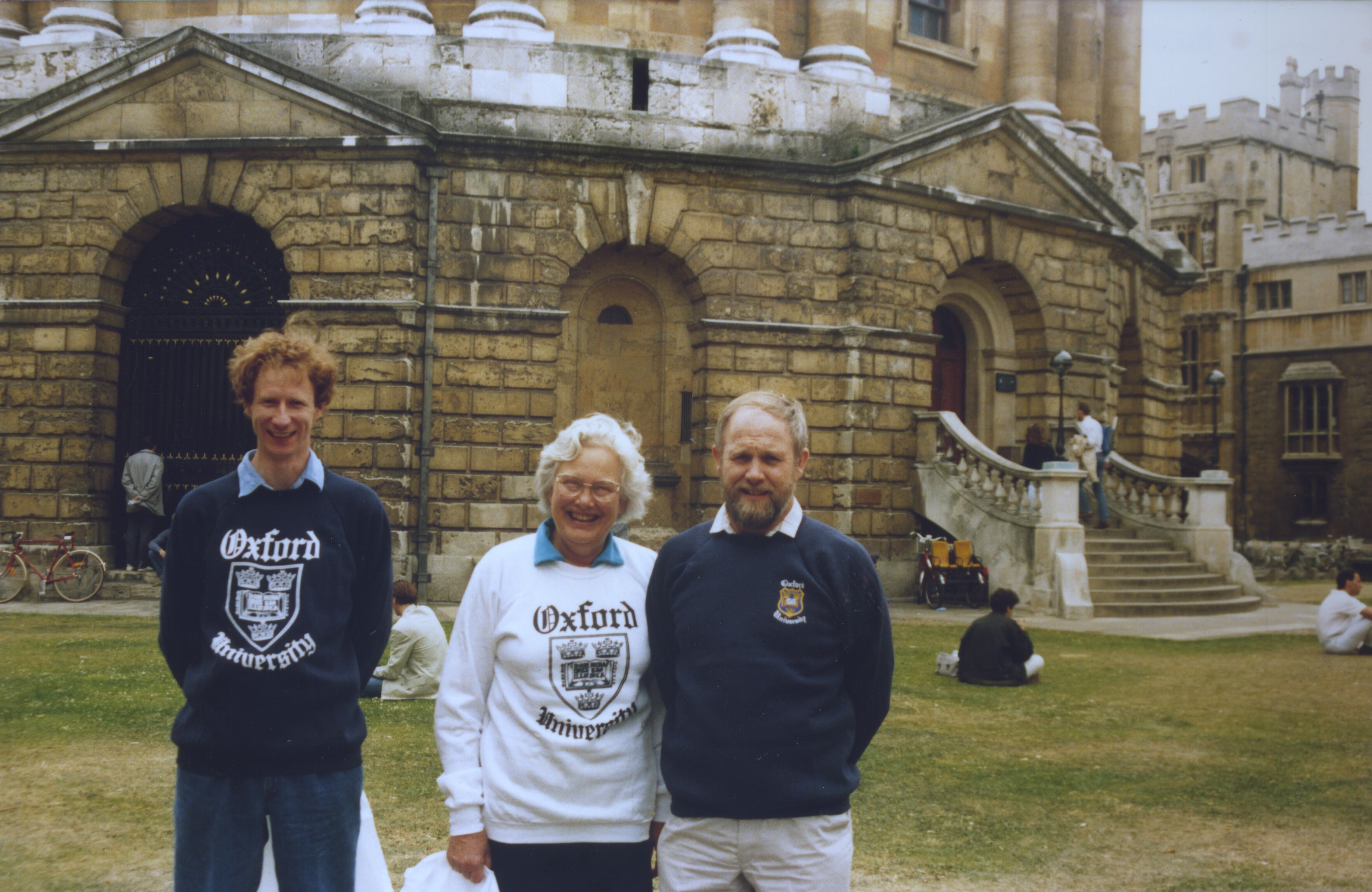by Mirna Džamonja
The story of Dowker spaces starts with J. Dieudonné, who in his 1944 article [e1] considered sufficient conditions for a Hausdorff topological space \( X \) to satisfy that for every pair \( (h, g) \) of real functions on \( X \) with \( h < g \), if \( h \) is upper semicontinuous and \( g \) is lower semicontinuous, then there is a continuous \( f : X \rightarrow \mathbb{R} \) such that \( h < f < g \). C. H. Dowker in his 1951 article [e2] showed that this property is equivalent to the product \( X \times [0, 1] \) being normal (answering a conjecture of S. Eilenberg) and left open the possibility that this was simply equivalent to X being normal. A possible counterexample, so a normal space \( X \) for which \( X \times [0, 1] \) is not normal, became known as a Dowker space. In 1955, Mary Ellen Rudin [1] showed that one can obtain a Dowker space from a Suslin line. At the time, the consistency of the existence or nonexistence of a Suslin line, of course, had not yet been known. M. E. Rudin returned to the problem in 1970 [2] when she gave an ingenious ZFC construction of a Dowker space as a subspace of the product \[ \prod_{n\geq 1} (\omega_n + 1) \] in the box topology. This space has cardinality \( 2^{\mathfrak{N}_{\omega}} \). This construction of Mary Ellen inspired a large amount of research, out of which I mention the two directions that are most interesting to me.

The first one is Z. Balogh’s construction [e3] of a “small Dowker space,” which was in this context taken to mean a Dowker space of cardinality \( 2^{\mathfrak{N}_0} \) (which, of course, in some universes of set theory is as large as \( 2^{\mathfrak{N}_\omega} \) but in others it is not). Balogh’s method is a very intricate use of certain sequences of functions and elementary submodels, and reading it even today, one feels that its full limits have not yet been reached. The other direction was taken by M. Kojman and S. Shelah in [e4], where they used pcf theory to find a subspace of M. E. Rudin’s space which is still Dowker, but has size \( \mathfrak{N}_{\omega+1} \). This construction rounds up the long list of set-theoretic techniques (forcing, large cardinals, pcf, …) that were used in Mary Ellen’s work and the work she inspired, carrying the field of general topology to what has since become known as set-theoretic topology. The interaction between set theory and set-theoretic topology has been most fruitful and has carried both subjects forward. Mary Ellen was the mother of it all. Let us hope that the unruly children that we are, we shall be able to carry forward not only Mary Ellen’s mathematical legacy but also the legacy of the spirit of collaboration, inspiration, mutual respect and joy for all which she was able to create and live up to.